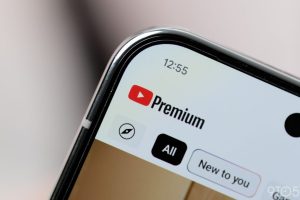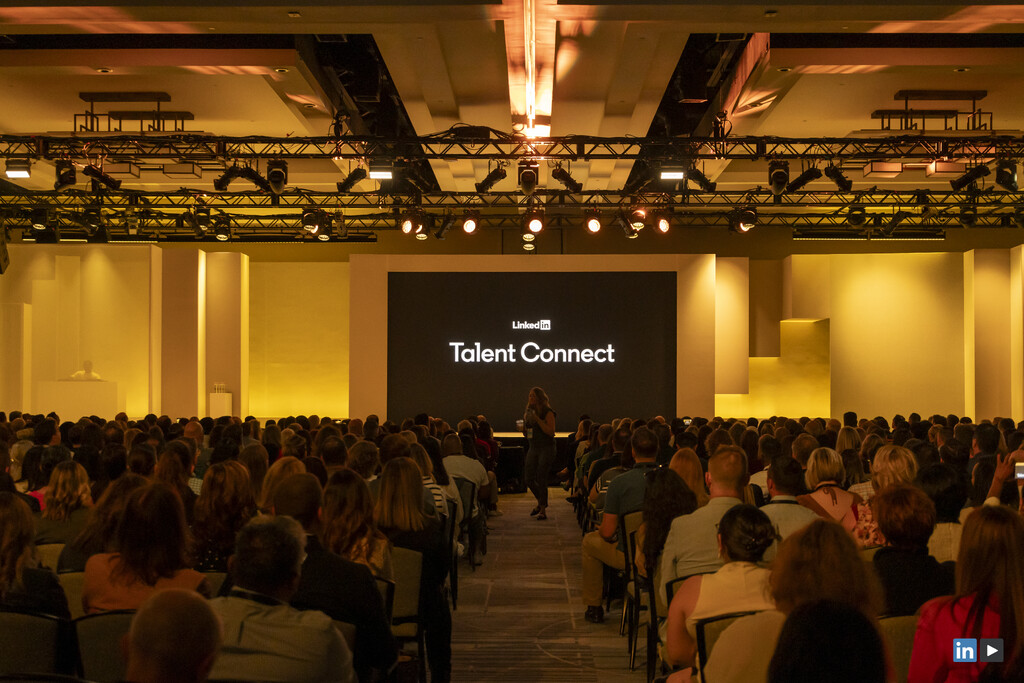Employee development is top of mind at many organizations, with most just starting out on their skills journey. The majority of companies (94%) are in the early and middle stages of upskilling and reskilling initiatives: ideating, selling to stakeholders, assembling a team, and developing and activating their program.
Organizations at this stage often face the important decision of whether to buy preexisting learning content or invest resources in building custom material. Both approaches have advantages and drawbacks that organizations will have to weigh against their goals and resources as they make their choice.
Building employee learning content
Building your own employee learning content gives you the most control over your organization’s learning experience.
Learning content development has many worthwhile benefits, including:
- Full customization. Internal learning content development allows you to build fully customized training programs that align with your company goals, culture, branding, and processes. This tailored approach ensures that learning materials are hyperrelevant to your organization and team.
- Consistency across cohorts. Internally developed learning materials can remain largely consistent while allowing the content to be adjusted for various employee cohorts. For example, learning content can be translated into additional languages or adapted for remote workers while maintaining the underlying message.
- Content ownership. Developing and owning proprietary learning content can help you train your team in a way that’s unique to your organization. Done well, building robust employee training programs can become a competitive advantage.
The biggest downsides to building your own content are the amount of time and the level of expertise required to develop and update employee learning content internally. While the benefits of customization and ownership are substantial, organizations must carefully consider whether it’s the best use of their available resources to develop content in-house.
Buying employee learning content
Partnering with a learning content provider is an efficient approach that offers ready-made solutions to meet your training needs.
The benefits of buying employee learning content include:
- Personalized career development. Each of your team members has unique strengths, opportunities for improvement, and career goals. Buying learning content makes it more feasible to provide each employee with the exact learning opportunities they need to accomplish career development and growth.
- Access to wider expertise. Purchased content is often developed by subject matter experts and instructional design professionals who specialize in creating effective learning experiences. This ensures a higher quality of content that aligns with industry best practices and learning principles.
- Quick implementation. Ready-made learning content can be implemented quickly, so your team members can benefit right away. This early momentum can encourage stakeholder buy-in, learner adoption, and additional investment in your L&D program.
- Cost-effectiveness. Buying learning content can be more cost-effective in the short term. The initial investment is generally lower than the resources required for internal content development when you consider expenses related to content creation tools, instructional designers, and subject matter experts.
Of course, purchased content may not exactly align with your organization’s unique culture, goals, or specific learning objectives. Balancing the advantages of ready-made content against the potential limitations of generic material is crucial in making an informed decision.
Taking a mixed approach to employee learning content
There are good use cases for both building and buying employee learning content — and many organizations do a bit of both.
Best practices for a mixed approach to employee learning content include:
- Consider your needs for each learning objective. Some learning objectives may be better suited for building your own custom content, while other objectives could benefit from buying a bigger variety of content. For example, employee onboarding and sales process training are often unique to each organization, making a good case for building your own content in those areas. Skills training, on the other hand, is a broad training category that could be better accomplished by partnering.
- Start with purchased content and build custom content as you’re able. Employee development has significant benefits — and getting started sooner rather than later allows you to realize those benefits faster. Buying content is a great way to get started with your L&D program while you build custom content over time. For example, you might purchase customer service training with the intent to build it after higher priority content is developed.
- Take advantage of AI for L&D. Generative AI has a variety of L&D applications including content creation, skills gap analysis, and employee development planning. Automating some of these tasks can free up your time to focus on more strategic initiatives. For example, you could work with your team members to learn about their strengths and career goals so you can build individualized career paths for them.
- Use an LMS to combine learning content. The right learning management system (LMS) can combine built and bought content into a single platform so your team members have a cohesive learning experience. Look for a platform that partners with your learning content provider of choice, aligns with your L&D workflow, and offers a positive learner experience.
Final thoughts: Choose the approach that works best for your organization
The decision to buy or build employee learning content is a nuanced one that depends on various factors unique to each organization. Choose the approach that works best for your team and keep in mind that you can always change your approach in the future.
The most important thing is not where your employee learning content comes from — it’s that your content is helping your team members develop skills and grow in their careers.










